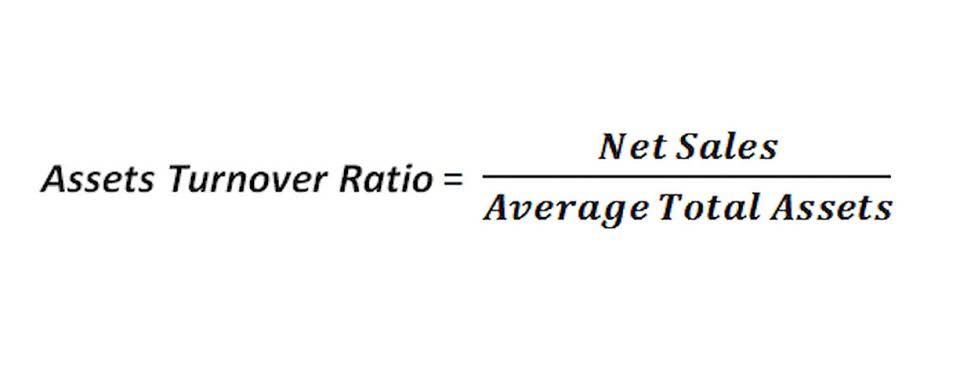Payment Reconciliation: Definition, Best Practices, and How You Can Do Better

This involves reconciling credit card statements with the company’s internal records of credit card transactions, verifying their accuracy, and managing expenses. A tried and true method to keep on top of expenditures and inflow is to maintain a cross-check method, which is payment reconciliation. The concept involves internal documentation of expenses through an established system. When bank statements arrive, the costs and payments are cross-checked to ensure finances are correct. Bank reconciliation is when you match your financial records with your banks and financial institutions. The goal of this reconciliation is for your cash balances on your internal accounting records to match your actual cash totals in your bank accounts and bank transactions.
Challenges in Intercompany Reconciliation

In addition, the transactions are compared with the bank statements that tell money was deposited or withdrawn to pay credit card bills. Payment reconciliation is an accounting process that ensures verification of every business transaction. In other words, it makes sure that every record – from the balance sheet to the bank statement – is timely updated and correct.

Tips for Software Product Managers and Owners
This centralized approach promotes collaboration, as teams across different entities can work together seamlessly to resolve discrepancies. Additionally, HighRadius integrates effortlessly with existing ERP systems, ensuring smooth data synchronization and full compatibility with your existing financial workflows. As a healthcare finance professional, you are all too aware of the importance and need to have an accurate and timely medical billing reconciliation process. All reconciliation processes are plagued by their own set of common challenges. When it comes to medical billing reconciliation, the process is both inherently unique and naturally complex due to regulations, policies, and the vast array of services provided.
Regulatory Reporting Data Sheet
Payment reconciliation is the process of verifying that the transactions recorded in a company’s financial system match the payments that have actually been made or received. This process involves comparing internal records, such as invoices and receipts, with external records, such as bank statements or payment processor reports. By ensuring consistency between these records, businesses can avoid errors, detect https://www.bookstime.com/ fraud, and maintain accurate financial statements. A payment reconciliation process compares internal financial records with external bank statements to ensure all transactions are accurately recorded. This process is vital for maintaining accurate financial records and identifying discrepancies early. Merchants often receive payments through multiple channels, such as credit card transactions, online payments and other types of payment gateways.

The bad news is that payment reconciliation is more time-consuming and painstaking than ever for finance teams. Finance teams spend hours matching transactions, identifying discrepancies, and fixing errors. According to industry estimates, reconciliation can consume 30-50% of a finance team’s time. Manually matching payments to bank deposits is what is payment reconciliation slow, tedious, and unreliable. Human error leads to missed transactions, duplicate entries, and untracked revenue losses. Plus, automated invoice capture and recording saves AP professionals one hour per day and enables them to take a streamlined approach to reconciliation.

Data Sheets
- Its intuitive and all-inclusive merchant dashboard helps in reconciling payments from different payment options in one place.
- This step ensures your technology supports your business needs without adding complexity.
- Gather all appropriate papers that support financial statements, such as bank statements, payment processor reports, invoices, and internal accounting records.
- A finance team that reacts to errors is always behind, while a finance team that prevents them is always in control.
- Automated payment reconciliation technology can process a large number of transactions simultaneously and handle repetitive tasks, improving businesses’ efficiency and productivity.
- The more PSPs you partner with, the more ledgers and ledger formats (that tend to change often) you have to deal with.
- With a wide range of cloud accounting softwares and other online tools, it’s easier than ever to implement an efficient and accurate reconciliation process.
In most cases, cash transactions must be manually recorded within your accounting software. When possible, you should attach any supporting documentation for the cash transaction, such as a sales receipt and/or expense log. If a cash payment is linked to multiple expenses or sales, you must link the bank record with multiple internal records to show a clear breakdown of how the cash was contra asset account used.
- Below are the essential best practices that transform reconciliation from a reactive chore into a proactive, seamless process.
- If your business deals with multiple currencies, ensure you have up-to-date exchange rate records to reconcile foreign currency transactions accurately.
- If the transactions are as simple as credit and debit and a single payment channel is involved, reconciliation can be done quickly.
- Payment reconciliation is the process of comparing and verifying financial records to ensure accuracy and consistency across different sources.
- A phased approach prevents these pitfalls by rolling out automation in controlled stages—testing, refining, and scaling without disruption.
- This can lead to financial problems, tax issues, and an inability to fund business operations properly.
With multiple payment gateways, different transaction fees, and multiple billing methods, it gets hard to follow payment reconciliation manually. With IBN Technologies, you benefit from automated processes that save time and ensure compliance with tax regulations. Our expertise makes effective billing and payment management a valuable investment, elevating your business operations and driving greater financial stability and success. Invoicing is a cornerstone of any business, as it’s the mechanism through which you receive payment for your goods or services. However, ensuring that payments are processed accurately and efficiently is equally important. In this blog, we discuss the benefits, key components, and best practices of invoice reconciliation.